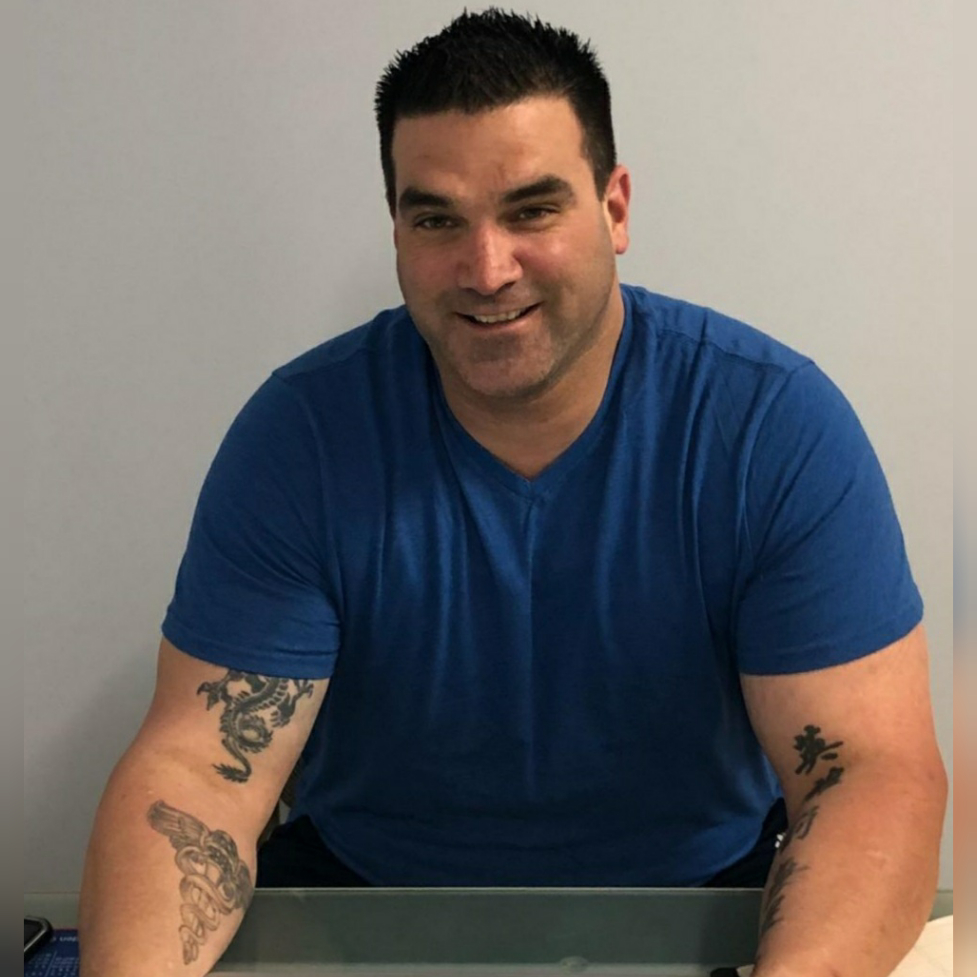ABOUT
Here at New Beginnings Tattoo Removal we use state of the art FDA approved laser technology and each of our technicians are trained to deliver a patient experience that goes above and beyond your expectations.
Our owner and head technician Jason Walker, CLO is fully certified and is a retired EMT (22+ years). This along with being a professional UFC fighter has afforded him the ability to assist and cater to clients from a wide variety of backgrounds.
Top of the line Laser and Zimmer
We use the Quanta Q Plus Laser. The Q – Plus C is the first, only, and most powerful Q – switched laser which combines a Nd: Yag, 1064 nm / 532 nm and a Ruby at 694 nm: three true wavelengths which, with the highest achievable energies, efficiently target ALL tattoo colors and pigmented lesions. The pigment in the tattoo absorbs the laser’s light, breaking up the areas of dye. The body’s immune system then removes the shattered pigment over the next several weeks, leading to visible lightening of the tattoo.
The Zimmer Chiller is a system that minimizes pain and thermal injury during laser tattoo removal, providing temporary relief during the laser tattoo removal procedures. Comfort during the procedure is a huge concern, decreasing overall patient skin inflammation and damage. Cold air machines provide fast and convenient numbing for the skin. Unlike ice packs, cold air can be applied to the skin before, during, and after laser treatment.
The Zimmer Cryogenic 6 cold air machine is the gold standard in numbing for the laser tattoo removal industry. The system is designed for use in busy practices and is exceptionally reliable. It functions by emitting freezing cold air (-30 C ) through a flexible hose. By simply blowing this cold air on the skin for a few minutes, the skin will be thoroughly cooled for treatment – reducing pain and the risk of thermal injuries. Patients enjoy the Cryogenic 6 for cooling their skin. Many practitioners allow patients to hold the hose of the Cryogenic 6, directing the air where they want the numbing most during their treatment.






